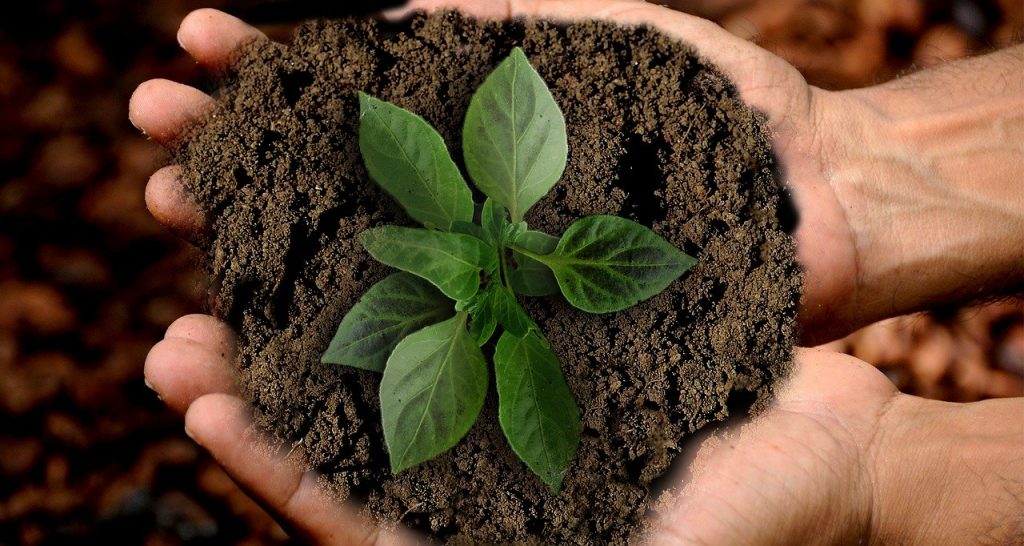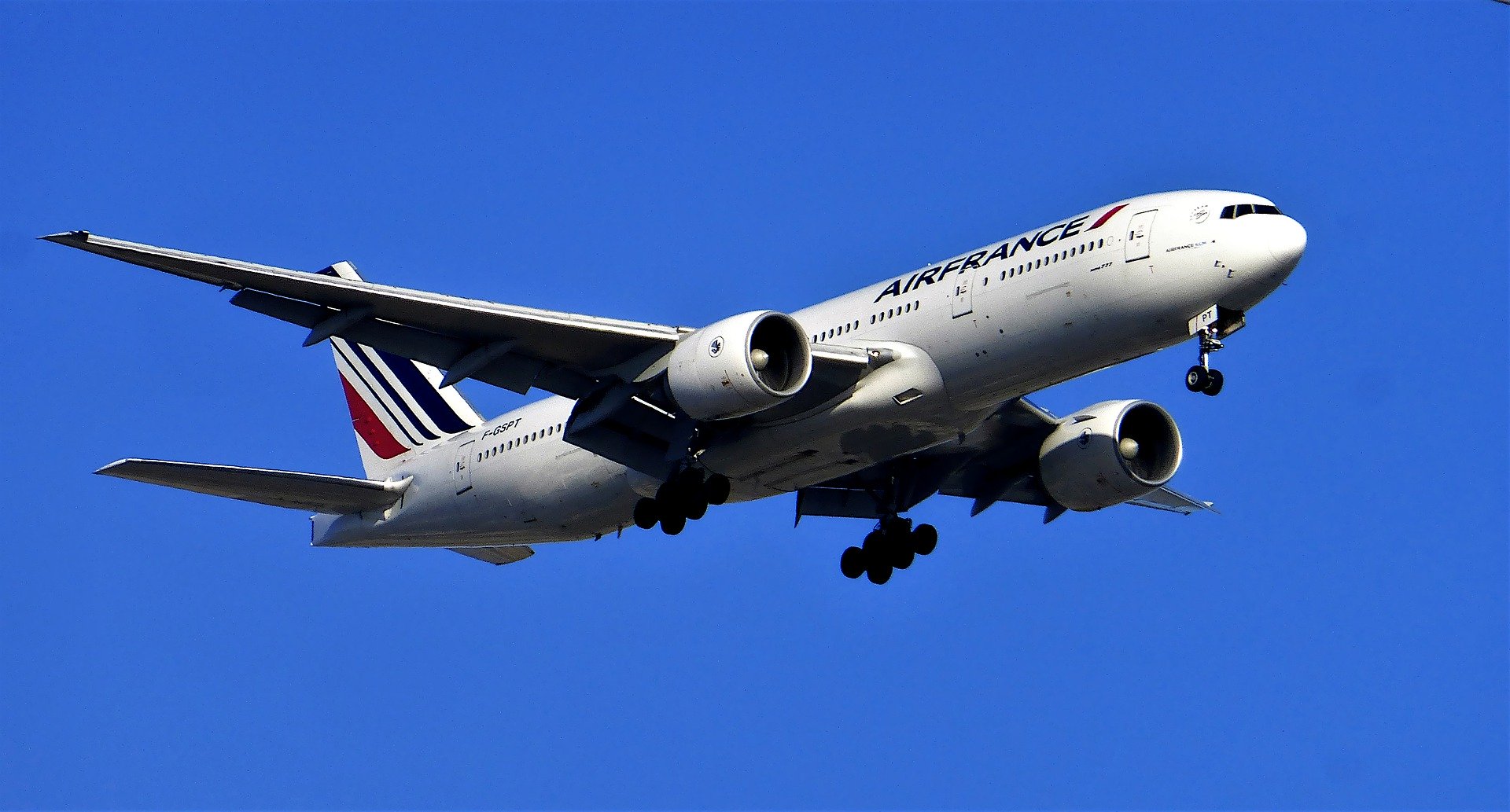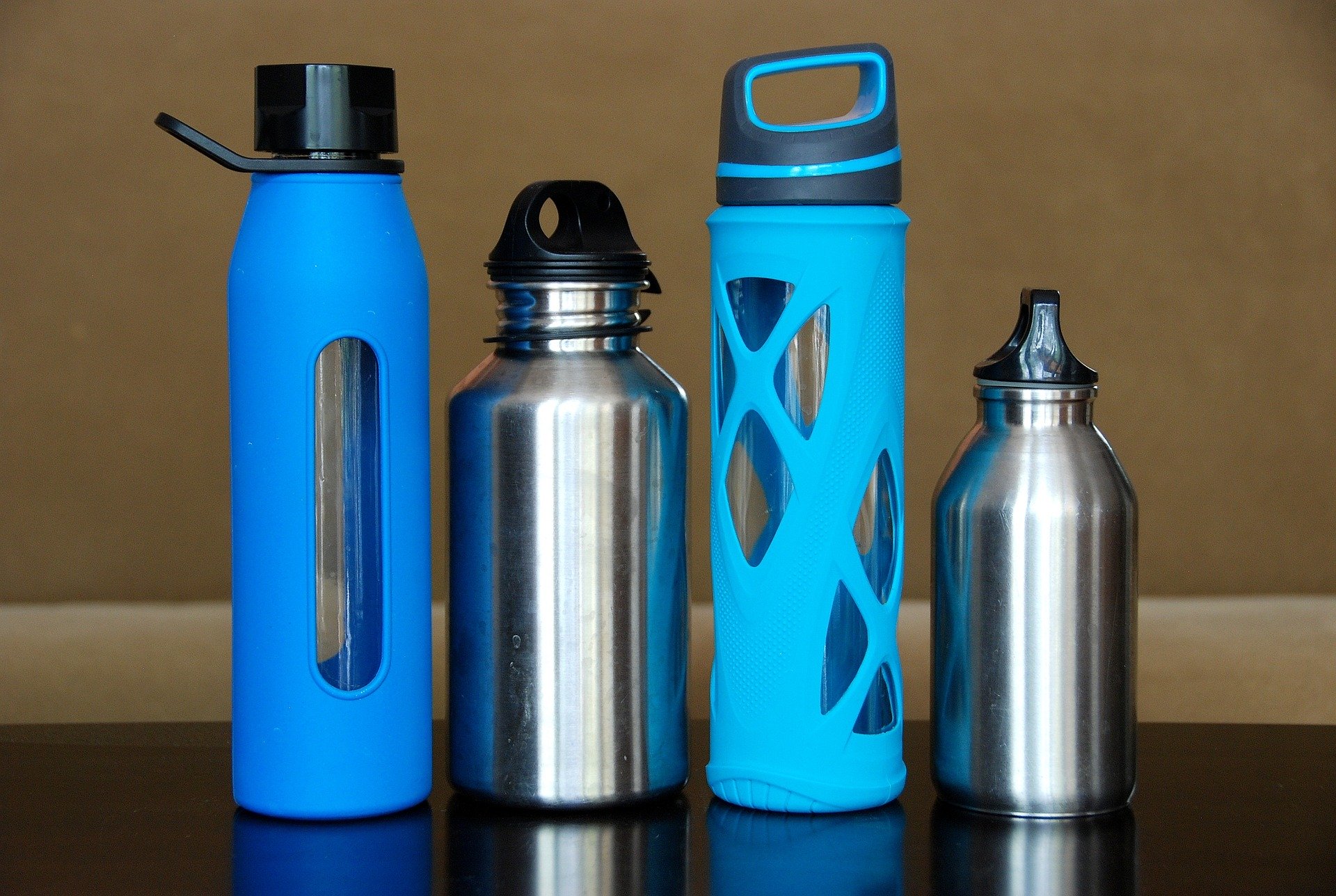Zero-waste travel: Can it be done?

Over the last few years, we’ve seen a huge push for greater sustainability and concrete steps towards reducing waste. San Francisco was the first American city to ban plastic bags back in 2007 (and many more followed suit), new bulk food stores are opening up around the world, and places like Singapore are implementing incredible recycle and reuse programs that allow cities to generate a substantial amount of energy from waste.
And then there’s the zero-waste lifestyle, which advocates for reducing your personal and household waste as much as possible. Those who practice this way of life say it’s changed them, and many are keen to share their tips and tricks with others.
But there’s one area that can be especially difficult to significantly reduce your environmental impact: travel. Air travel is notoriously bad for the environment, emitting about 860 million metric tons of carbon dioxide each year and comprising about two percent of total global greenhouse gas emissions. And right now, the electrification of airplanes is nowhere near where it needs to be to change this.
Travel is more than just how you get there, though, and there are plenty of ways to reduce your waste while traveling.

Is zero-waste travel possible?
When you’re away from home, it’s certainly more difficult to minimize waste, particularly since you’re not always in control of it. Hotels often use small plastic bottles for toiletries, in some cities you have little alternative but to buy bottled water, and tickets of all kinds are almost always printed (and subsequently thrown out).
With that said, the travel industry as a whole is becoming more conscious about how much waste it produces and taking serious steps to improve. Hotel chains like Hilton are introducing sustainability plans aimed at minimizing their environmental footprints, restaurants are looking for more ways to reduce food waste, and many cities are introducing electric vehicles for public transit.
So is it possible for you to travel zero waste? Absolutely! This lifestyle is about effort, not perfection, and there are plenty of ways that you can lessen your environmental impact and still enjoy your trips.
How to reduce your waste while traveling
Pack light
The heavier the plane is, the more fuel it burns. Packing minimally will help reduce that weight (every bit counts!) and save you paying baggage fees. Aim to fit everything you need into one carry-on bag and one personal item. Wear your bulkiest clothing on the plane and pack neutral colors so you can mix and match.
Bring a reusable water bottle and/or coffee cup, shopping bag, utensils, and your own snacks
Keep your water bottle empty until you go through security, then take advantage of the hydration stations available in most airports to fill it up. While you’re touring around, don’t be afraid to ask local restaurants to refill it for you—many are happy to. Most on-the-go and airline snacks are wrapped in plastic, but you can easily bring your own in cloth produce bags. Fill them with fruit, bulk snacks, nuts and seeds, and even baked goods! If you order a drink on the plane, ask them to put it in your own cup with no straw, stir stick, or napkin.

Pack your own toiletries
It’s tempting to grab cute travel-size items for your trip, but that’s not the most sustainable route. Instead, fill small glass jars with your creams and toothpaste (there are lots of great recipes available online) from home. Tin travel cases are a great option for storing soap and shampoo bars.
Use e-tickets
From your boarding pass to hotel confirmation to attraction tickets, nearly everything can be done digitally now. When you check in for your flight, opt for the text or email option—and when you arrive at the airport, be sure to specify that you don’t need a printed boarding pass, since they typically print one for you automatically. Keep travel confirmations in a dedicated email folder and buy your attraction tickets online so that everything is readily accessible on your phone.
Reuse your towels and sheets
You don’t wash your linens every day at home, so why do it while you’re away? If you stay at a hotel, use the ‘no housekeeping’ sign or hang your towels (instead of leaving them on the floor) so the housekeeper knows you’re going to reuse them.
Opt for public transport
Walking is the ultimate waste-free option and it lets you explore the true culture of a new place. But if you need to travel a little further, try public transport to help reduce your carbon footprint (and get a feel for how the locals travel).
Eat locally
But choose places that use real plates and cutlery, rather than styrofoam containers. Alternatively, find street food options that are easily handheld—think samosas, empanadas, gyros, and sandwiches—and let them know you don’t need a container. And don’t be afraid to ask the locals for recommendations about restaurants that are committed to reducing waste.
Progress, not perfection
Here’s the thing about zero waste (and, indeed, about many things in life): you don’t have to be perfect at it. As zero-waste chef Anne Marie Bonneau says, “We don’t need a handful of people doing zero-waste perfectly. We need millions of people doing it imperfectly.”
What does zero-waste travel look like for you?
Book Your Travel to ANY Destination
Use the interactive map below to search, compare and book hotels & rentals at the best prices that are sourced from a variety of platforms including Booking.com, Hotels.com, Expedia, Vrbo, and more. Search for ANY destination by clicking in the upper left corner of this map. You can also use the filter to fine-tune your search, and find restaurants, attractions, and more!

Jessica Barrett is a freelance writer and editor from Toronto, Canada. She has a background in the travel industry and previously worked with a content marketing agency, creating content for clients including Expedia, HomeAdvisor, and Vivid Seats. Jessica specializes in content production for nonprofits and has written for organizations working in human rights, conservation, education, and health care. She is also the screening lead and editor for DIBS Rescue and owns a small-batch granola business with her sister.
